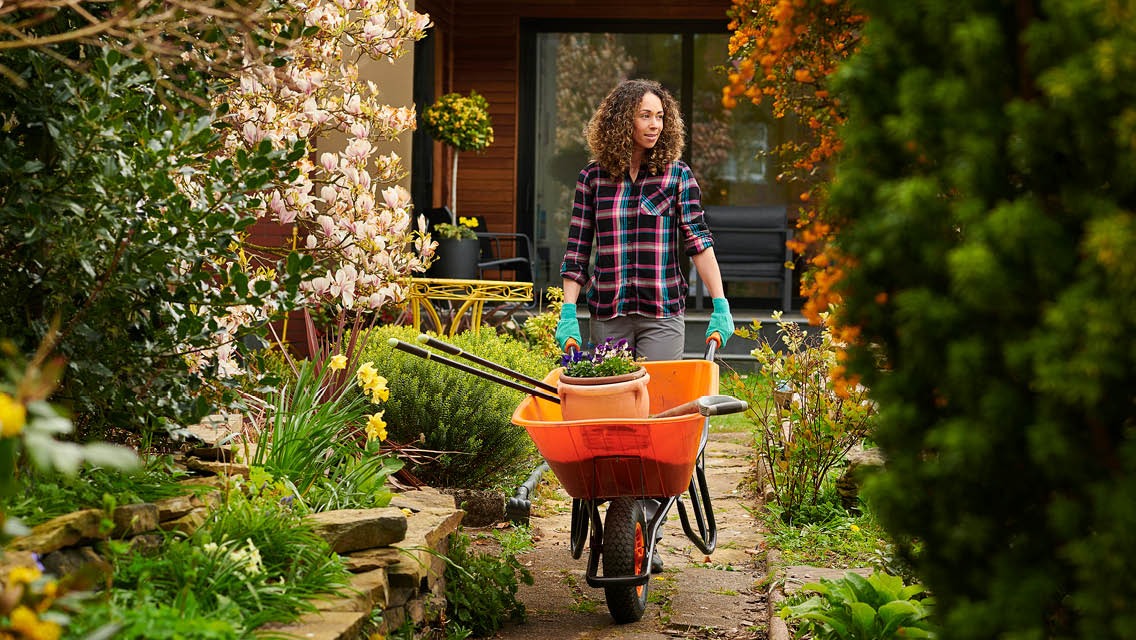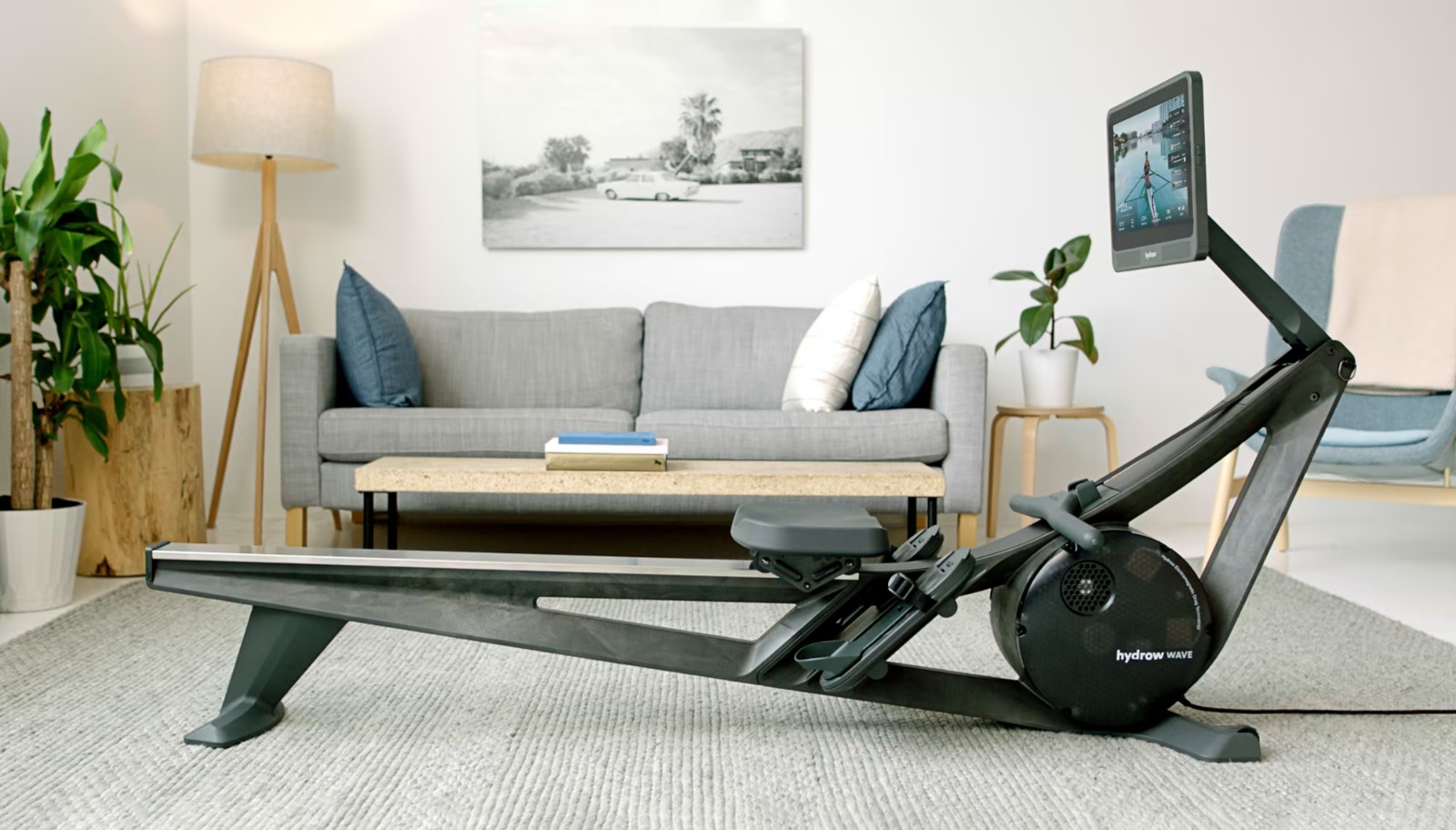
How to Incorporate Art Therapy Into Your Self-Care Routine
Discover the transformative power of art therapy as a self-care tool. Unlock creativity, reduce stress, and heal emotionally through simple art practices tailored for your well-being.
💪 Fitness Guru
24 min read · 4, Jan 2025

Introduction: A Creative Path to Healing
Imagine sitting in front of a blank canvas, brush in hand, and feeling the weight of the world lift with every stroke. Art, whether through drawing, painting, or other creative outlets, is a powerful form of self-expression. But beyond its aesthetic appeal, art can also serve as a therapeutic tool, offering a unique way to heal, relax, and connect with your emotions.
Incorporating art therapy into your self-care routine allows you to express thoughts and feelings that might be difficult to put into words. It creates a safe space for reflection, emotional release, and inner peace. This practice isn’t just for professional artists—anyone can benefit from the therapeutic benefits of art, regardless of skill level. Here’s how you can easily integrate art therapy into your daily life for better emotional well-being.
Understanding Art Therapy
Art therapy is a structured therapeutic practice that involves using creative expression to explore emotions, reduce stress, and enhance personal growth. It’s not about creating a masterpiece; instead, it’s about the process of creation. Art therapists encourage individuals to engage in drawing, painting, sculpting, and other art forms to access emotions and promote healing.
For those new to art therapy, it’s important to understand that the value of the practice lies in the journey, not the finished product. The therapeutic benefits come from the act of creating and the emotions it stirs, rather than the need for perfection or talent. Whether you’re scribbling, painting abstract patterns, or simply doodling, the goal is to express yourself and release emotions in a healthy, creative way.
How Art Therapy Improves Self-Care
Incorporating art into your self-care routine provides numerous mental and emotional benefits. For starters, art therapy offers a form of mindfulness. As you focus on the act of creating, your mind is drawn away from the stresses of daily life and immersed in the present moment. This simple act of focus helps calm the mind, reduce anxiety, and promote emotional clarity.
Additionally, art therapy allows for emotional expression. Sometimes, words aren’t enough to convey the depth of what you’re feeling. Art provides a visual outlet for emotions like sadness, frustration, joy, or confusion. By creating a visual representation of your emotions, you can gain a deeper understanding of yourself, your feelings, and your inner world.
Art therapy also promotes self-awareness and reflection. Through the process of creating, you may uncover hidden emotions or gain insight into your personal challenges. This self-reflection can lead to personal growth and a deeper sense of emotional well-being.
Simple Ways to Start Incorporating Art Therapy Into Your Routine
You don’t need to be a professional artist to reap the benefits of art therapy. Here are a few simple ways to incorporate art into your self-care routine:
1. Start a Daily Journaling Practice
Art journaling combines written reflection with visual creativity, allowing you to express your thoughts and emotions in a multi-sensory way. Each day, take a few minutes to reflect on your emotions, thoughts, or experiences. Use a combination of words, drawings, sketches, or collages to express yourself.
Journaling is a powerful tool for self-awareness, and adding artistic elements makes it even more therapeutic. You can use colors, shapes, and images that reflect your emotions for the day. Whether you create a full-page design or simply doodle in the margins, this practice is a simple yet profound way to incorporate art therapy into your life.
2. Paint or Draw Your Emotions
One of the most freeing ways to incorporate art therapy is to simply paint or draw how you feel. Take a moment each day or week to check in with yourself emotionally and then express those feelings through color, lines, and shapes. Don’t worry about creating something “good”—this is all about connecting with your emotions, not about skill or aesthetics.
For example, if you’re feeling anxious, you might use sharp, jagged lines or cool colors like blue and gray. If you’re feeling joyful, you may use bright, bold colors and flowing shapes. This form of expression allows you to release pent-up emotions and helps you better understand how you’re feeling in a given moment.
3. Create a Vision Board
A vision board is a collage of images, words, and symbols that represent your goals, desires, and dreams. It’s a fun, visual way to connect with your intentions and aspirations. Whether you’re looking to manifest positive change, set new goals, or simply gain clarity about your life’s direction, a vision board helps bring your dreams to life.
Collect magazines, photos, or printouts that resonate with you, and then cut them out to arrange on a board. The process of selecting the images and symbols that represent your goals is an incredibly reflective activity. It allows you to align your subconscious desires with tangible visual representations. Once completed, place your vision board somewhere visible as a daily reminder of your dreams and intentions.
4. Use Coloring as a Calming Activity
Coloring is a simple yet effective form of art therapy that anyone can enjoy. Whether you use a coloring book or create your own designs, coloring provides a relaxing, mindful practice that helps reduce stress. Focused on filling in shapes and patterns, you can enter a meditative state that allows your mind to calm down and your emotions to settle.
There are even coloring books specifically designed for mindfulness and stress relief. These books feature intricate designs that require focus, helping you center your attention and let go of distractions. The act of coloring is a therapeutic tool for anyone looking to relax and engage in a creative process.
5. Create Art with Nature
You don’t have to limit yourself to traditional art materials—nature can serve as your canvas. Collect leaves, flowers, pebbles, and other natural elements, and arrange them into patterns or designs. Create mandalas, sculptures, or simply use nature’s beauty to inspire your creations. This form of art therapy connects you with the natural world, which has been shown to promote mental clarity and reduce stress.
Combining Art Therapy With Other Self-Care Practices
While art therapy is incredibly powerful on its own, it’s even more effective when combined with other self-care routines. Consider pairing your artistic practices with other activities like mindfulness meditation, yoga, or journaling. For example, you could meditate before your creative session to clear your mind, or reflect on your artwork afterward in a journal.
Additionally, you can create a calming environment that fosters creativity. Play soft music, light candles, or diffuse essential oils as you work on your art. This sensory approach enhances the therapeutic effects of art by creating an environment of calm and focus.
Conclusion: Embrace Your Creative Self
Incorporating art therapy into your self-care routine is not just about creating beautiful art—it's about fostering emotional expression, reducing stress, and cultivating mindfulness. Whether you paint, draw, journal, or create with nature, art provides an accessible and healing outlet for all.
The most important thing is to remember that the process of creation is the therapy itself. It’s about self-expression, reflection, and allowing yourself the freedom to explore your emotions. By embracing art therapy, you can build a self-care routine that nurtures your creativity, your well-being, and your emotional health. So, grab that paintbrush or pencil, let go of any judgments, and allow yourself to explore the therapeutic magic of art.
Q&A: Art Therapy for Self-Care – Questions Answered
Q: Do I need to be an artist to benefit from art therapy?
A: No! Art therapy is about the process of creation, not the end result. You don’t need any artistic skill to benefit from its emotional and therapeutic effects.
Q: Can I use art therapy to process difficult emotions?
A: Yes, art therapy is an excellent way to process and release emotions. The act of creating can help you express feelings that might be difficult to articulate with words.
Q: How often should I practice art therapy?
A: There’s no set rule. You can practice art therapy as often as you like—whether it’s daily, weekly, or whenever you feel the need to unwind or express yourself creatively.
Q: What materials do I need to start art therapy?
A: You don’t need anything fancy! Basic art supplies like paper, pencils, markers, paints, and even natural materials are enough to start. The goal is to focus on the creative process.
Q: Is art therapy suitable for everyone?
A: Yes! Art therapy can benefit people of all ages and backgrounds. It’s a non-invasive, accessible tool for anyone looking to improve their emotional well-being through creative expression.
Similar Articles
Find more relatable content in similar Articles

Eco-Fitness: Training While Helping the Environment...
Eco-Fitness is a transformativ.. Read More

Parenting and Fitness: Turning Playtime Into Workouts...
Discover how parents can seaml.. Read More

How Gardening Counts as a Full-Body Workout...
“Discover how gardening goes b.. Read More

Fitness on a Budget – Training With Household Items...
Transform your home into a ful.. Read More
© 2024 Copyrights by rFitness. All Rights Reserved.